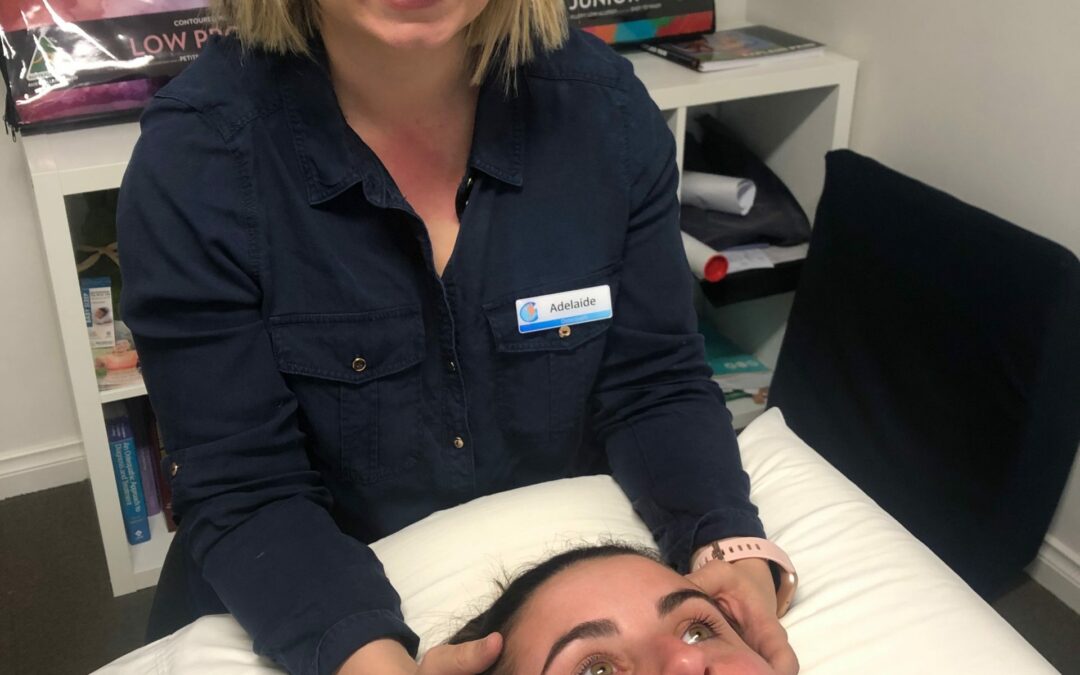Jaw pain, temporomandibular dysfunction (TMD), is a common and often debilitating condition but it can be easy to treat with the right care team on your side.
So, what do we mean when we say TMD? The temporomandibular joint (TMJ) is the articulation of the mandible joint with your skull at the temporal bone. And when you have pain and restriction (or less) movement, we call it a dysfunction. The jaw is a complex set of joints and muscles that function so that you can do most of the activities of your daily living – including speaking, eating, yawning, laughing etc.
You may not even know where your TMJ is! Let’s sort that out now. Place your fingers in front of your ears, then slide them downwards slightly and you will feel a “bulb” like structure. This is the TMJ. To check you’re on it, open and close your mouth and you will feel the structure move underneath your fingers. It shouldn’t be painful or click, and it should be reasonably even. Right, so now we are all on the same page, let’s discuss how TMD occurs and how we can fix it.
TMD can occur as a result of trauma – falls, eating foods that are too hard or sticky, stress, jaw clenching or teeth grinding. It can be very painful! And affect people for most of their day. The good news is that it can be reversed and improved.
Your practitioner may use a variety of techniques to improve your jaw function including working on the muscles that do open, close and chewing, and also assess the quality and range of the joint itself. This can include trigger point dry needling, massage, articulation techniques, stretching or intra-oral work (with permission and discussion with your practitioner).
Your therapist may also ask you questions in relation to neck and back pain, posture, desk habits, grinding or clenching habits, and may want to work with your dentist to improve your outcomes.
If you think you might have TMJ pain or dysfunction, please get in contact! I would love to discuss how osteopathy can help you.
Adelaide Turner
Osteopath
